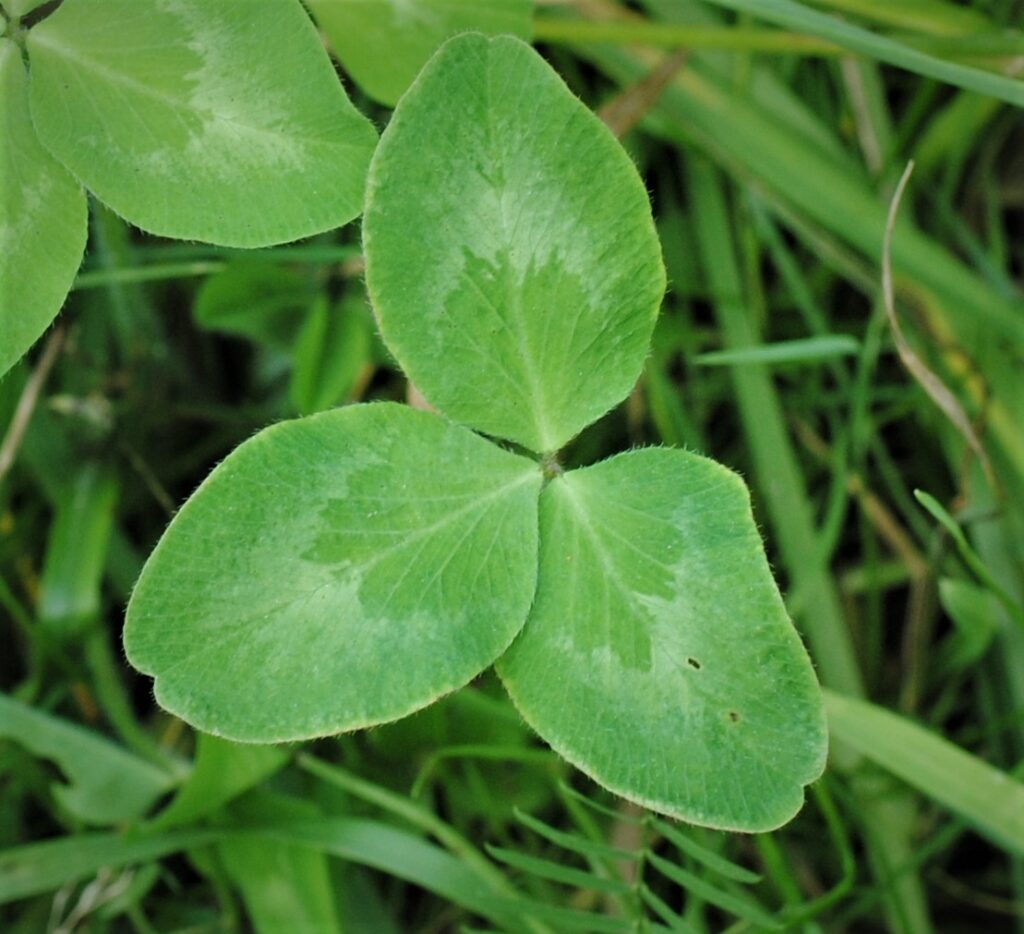Céad míle fáilte–One hundred thousand welcomes in Irish. The Irish are known for their hospitality, so welcome to the second post in my Irish month series. There are several symbols that make me immediately think of Ireland. Here are some of the more common ones.

Shamrock–The national flower of Ireland. Clover held important meanings to the Druids. Its three leaves represented the triad. The Celts believed that everything significant in life comes in threes, and it represented ideas such as the feminine maiden-mother-crone. St. Patrick reportedly adopted this idea to explain the Holy Trinity. The name comes from the Irish seamair òg, or young clover, and refers to the early sprouts. In the 19th century, the shamrock became the symbol of Irish nationalism, and you could be executed for wearing it. Today, it is a symbol of good luck.
Harp–Another iconic motif of Ireland used on coins, as well as the Guinness logo (another item that makes me think of Ireland). Thought to be from ancient Egypt, it has been a symbol of Ireland since the 10th century and is associated with early Celtic music. The harp was used by bards to sing their unwritten history. The Brian Boru harp from the 14th century, from which the modern design originated, can be seen in Trinity College. It became the emblem of the Free State in 1922.

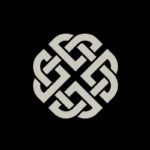
Knotwork–I love Celtic knotwork, its intricacies, and designs, and the idea there is no beginning and no end. Two of the more common knots are the Dara and the Triquetra, or Trinity, knot. Dara comes from the Irish word doire for the oak tree and represents power or strength. The Trinity knot represents family, or the circle of life, and consists of one continuous line weaving around itself. Examples are found in the Book of Kells, circa 800 AD, though its roots are much older.
Triskele–While not technically a knot, the Triskele, or Triskelion, is also identifiably Irish. It is one of the oldest emblems and is found on the kerbstone at Newgrange from the Neolithic period 3200 BC. This same motif can also be found in early Greek designs. Again, it represents the triad belief that everything happens in threes. It is unknown what the early artists meant, but the following have been suggested. The feminine ideal: maiden, mother, crone. Life cycle: life, death, rebirth. Domains: earth, water, sky. Christianity: father, son, Holy Spirit.
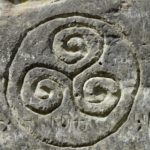
Claddagh–A traditional ring representing loyalty, love, and friendship. A symbol of unity. The design originated in the village of Claddagh by a fisherman who made the ring for his wife in the 17th century. Today, these rings are often passed down in the family.
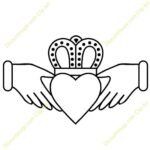
Celtic Cross–Standing examples of these dates back to the 8th century, but these crosses predate Christianity and are found in many ancient cultures. There are two main theories of their meaning; the four cardinal directions or the four elements. Today many of the ones we see incorporate the Latin cross.
Tree of Life–In Celtic lore, there are many legends involving trees, many of which consist of someone falling asleep against a tree and waking up in another realm. The early Celts believed trees connected the world of the living with the world of spirits. A symbol of harmony and balance, the roots and branches mirror each other and symbolize rebirth as they move through the seasons.
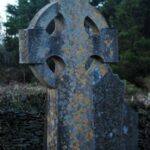

These are just a few of Ireland’s iconic symbols. There are many others such as Brigid’s Cross, the Shillelagh, and of course, the Leprechaun with his pot of gold at the end of the rainbow. Can you think of others?

